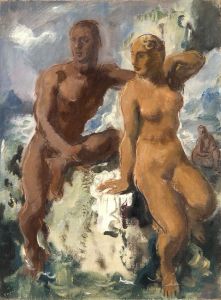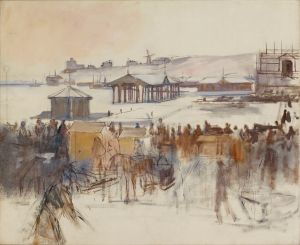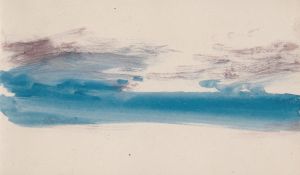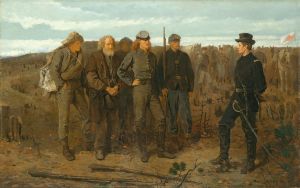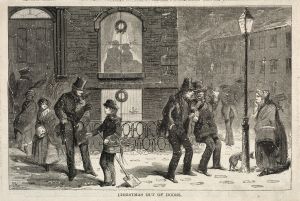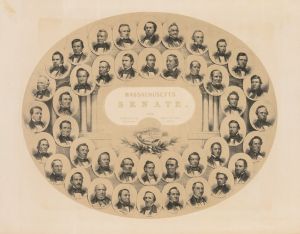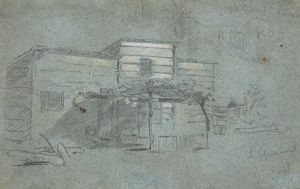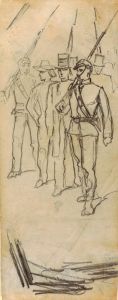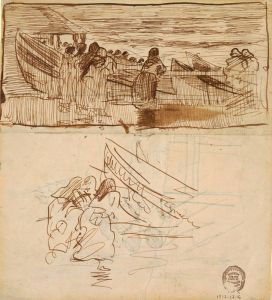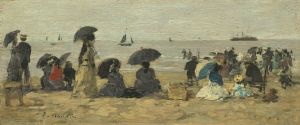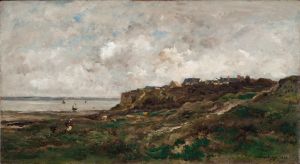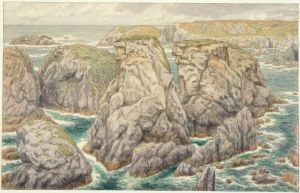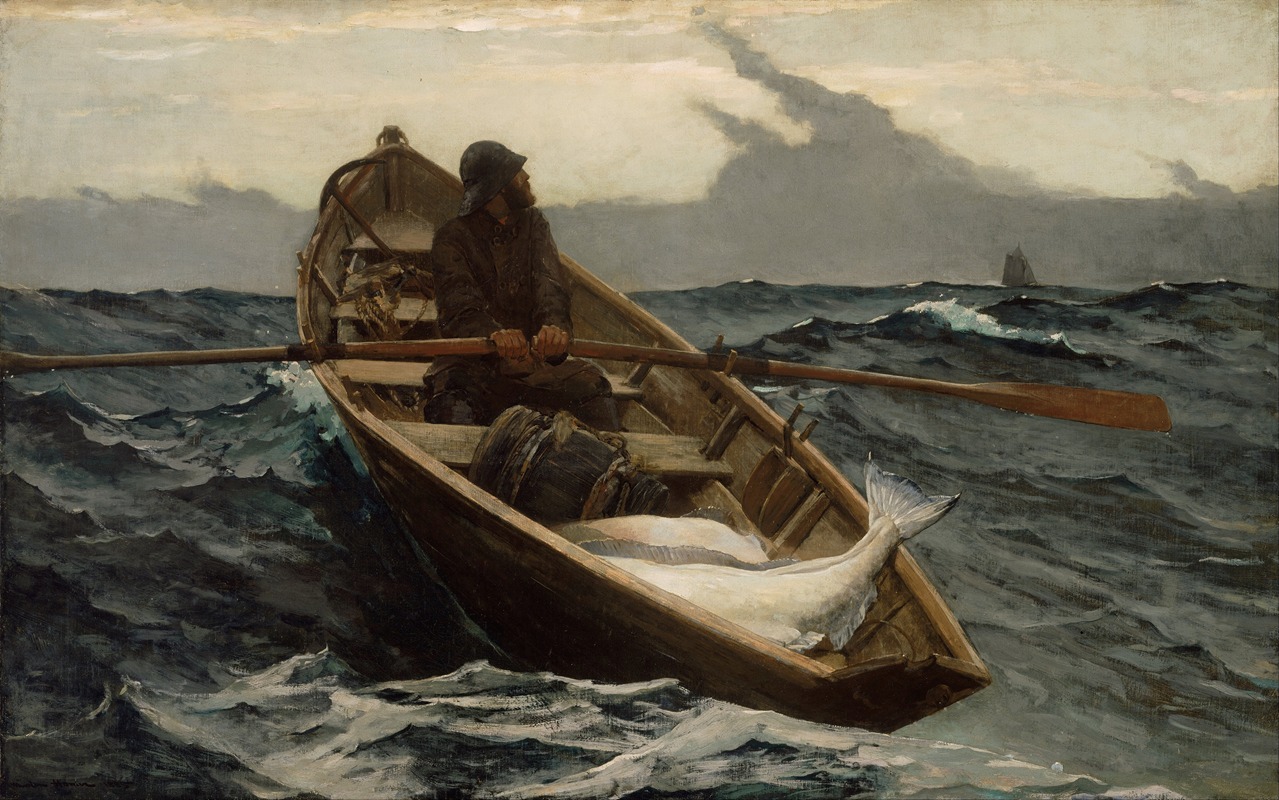
The Fog Warning
A hand-painted replica of Winslow Homer’s masterpiece The Fog Warning, meticulously crafted by professional artists to capture the true essence of the original. Each piece is created with museum-quality canvas and rare mineral pigments, carefully painted by experienced artists with delicate brushstrokes and rich, layered colors to perfectly recreate the texture of the original artwork. Unlike machine-printed reproductions, this hand-painted version brings the painting to life, infused with the artist’s emotions and skill in every stroke. Whether for personal collection or home decoration, it instantly elevates the artistic atmosphere of any space.
The Fog Warning is an oil painting created in 1885 by the American artist Winslow Homer. It is one of Homer’s most iconic works and is part of a series of maritime-themed paintings that reflect his deep interest in the lives of fishermen and the sea. The painting is currently housed in the Museum of Fine Arts, Boston.
The artwork depicts a lone fisherman in a dory, a small, open boat, rowing through the ocean. In the distance, a larger fishing schooner is visible, partially obscured by the encroaching fog. The fisherman is shown glancing over his shoulder toward the schooner, which represents his only means of returning safely to shore. The painting captures a moment of tension and uncertainty, as the fisherman must navigate the challenges posed by the fog and the vastness of the sea.
Homer’s use of light and color in The Fog Warning is notable. The artist employs a muted palette dominated by grays, blues, and greens to evoke the atmosphere of the open ocean and the impending fog. The composition emphasizes the isolation of the fisherman, with the vast expanse of water surrounding him and the schooner appearing small and distant. The details of the fisherman’s expression and posture convey a sense of determination and resilience, qualities often associated with the lives of those who work at sea.
This painting is part of a broader body of work that Winslow Homer created during and after his time in Prouts Neck, Maine, where he lived starting in 1883. His experiences in this coastal environment greatly influenced his artistic focus, leading him to explore themes of human struggle against nature and the harsh realities of maritime life. The Fog Warning is often interpreted as a reflection of these themes, though Homer himself did not provide specific commentary on the meaning of the painting.
The painting is widely regarded as a masterpiece of 19th-century American art and is frequently studied for its technical excellence and emotional depth. It exemplifies Homer’s ability to combine realism with a sense of narrative drama, making it a significant contribution to the genre of marine painting.





